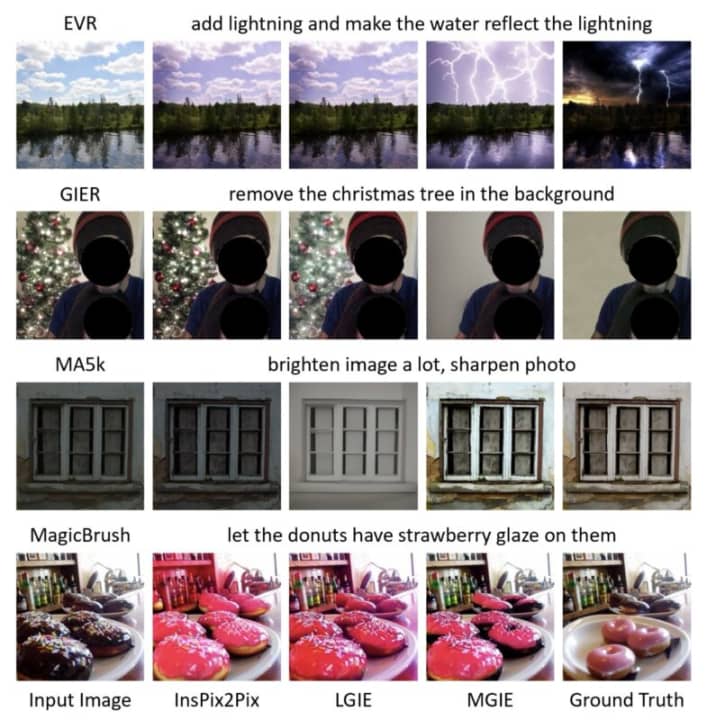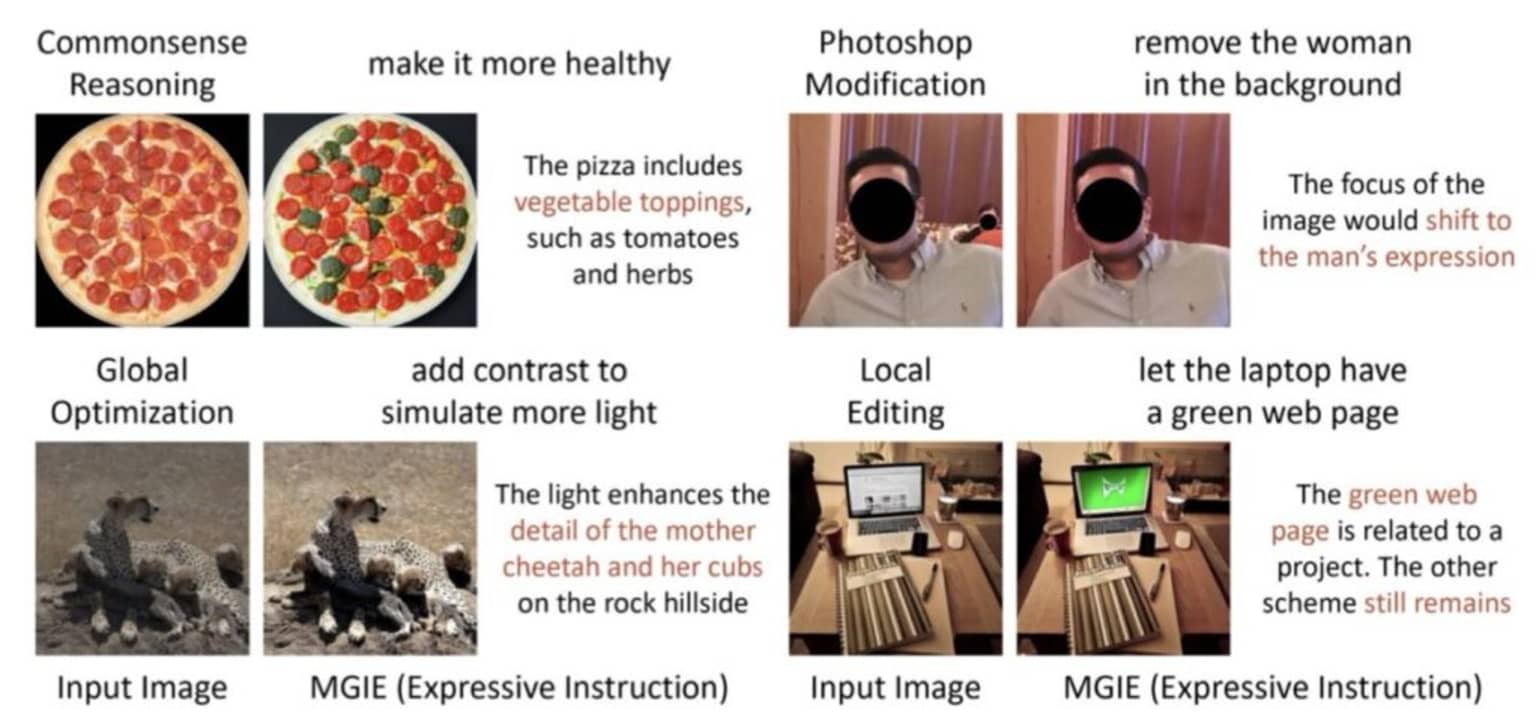In a time where artificial intelligence (AI) has become a fundamental pillar for technological advancement, Apple has taken another step forward by introducing an innovation that, although it has not captured headlines massively, promises to revolutionize the way we interact with our images. It is “MGIE” (MLLM-Guided Image Editing), an open-source AI model capable of editing images based on natural language instructions. A tool, developed in collaboration with researchers from the University of California, that represents a very significant advance in the field of image editing, allowing pixel-level manipulations based on our requests.
“Hey Siri, make the sky clear in this photo and add a Christmas tree next to the house”
Apple has already introduced several AI models of its own, without attracting much attention. And not because of their quality, but because of their limited promotion and their almost exclusive publication in academic media. New models that, if the rumors are true, will come with iOS 18 and can significantly change the landscape of artificial intelligence.
On this occasion, MGIE uses large multimodal language models (MLLMs) to interpret the requests we make and perform a wide range of edits, from global photo enhancements such as brightness, contrast, or sharpness adjustments, to the application of artistic effects such as hand drawing. In addition, it allows for local editing that can modify the shape, size, color, or texture of specific regions or objects in the image, and even perform Photoshop-style modifications, such as cropping, resizing, rotating, adding filters, changing backgrounds, and merging images.

A request as simple as asking to add some lightning to a landscape photo gives truly amazing results. The same if we ask it to convert a photo of chocolate donuts to strawberry donuts. As we can see in the examples above, the tool can perform global optimizations, such as “adding contrast to simulate more light”, or Photoshop-style modifications, such as removing people from the background of a photo to focus attention on the subject’s facial expression.
After the presentation of MGIE at the International Conference on Learning Representations, the model is now available on GitHub, including the code, data, and pre-trained models, so we can already test the system if we have the necessary equipment for it.

This release marks Apple’s second major breakthrough in AI research in just a few months, following the development of new techniques for deploying large language models (LLMs) on iPhones and other Apple devices with certain RAM specifications.
Although these advances have not captured media attention to the extent that other technological releases have, the potential impact of MGIE, in addition to the clues it gives us about the company’s AI projects, is something very noteworthy. The ability to edit images in an intuitive and precise way, along with the integration of generative AI in our devices, probably with iOS 18, will undoubtedly mark a before and after.


